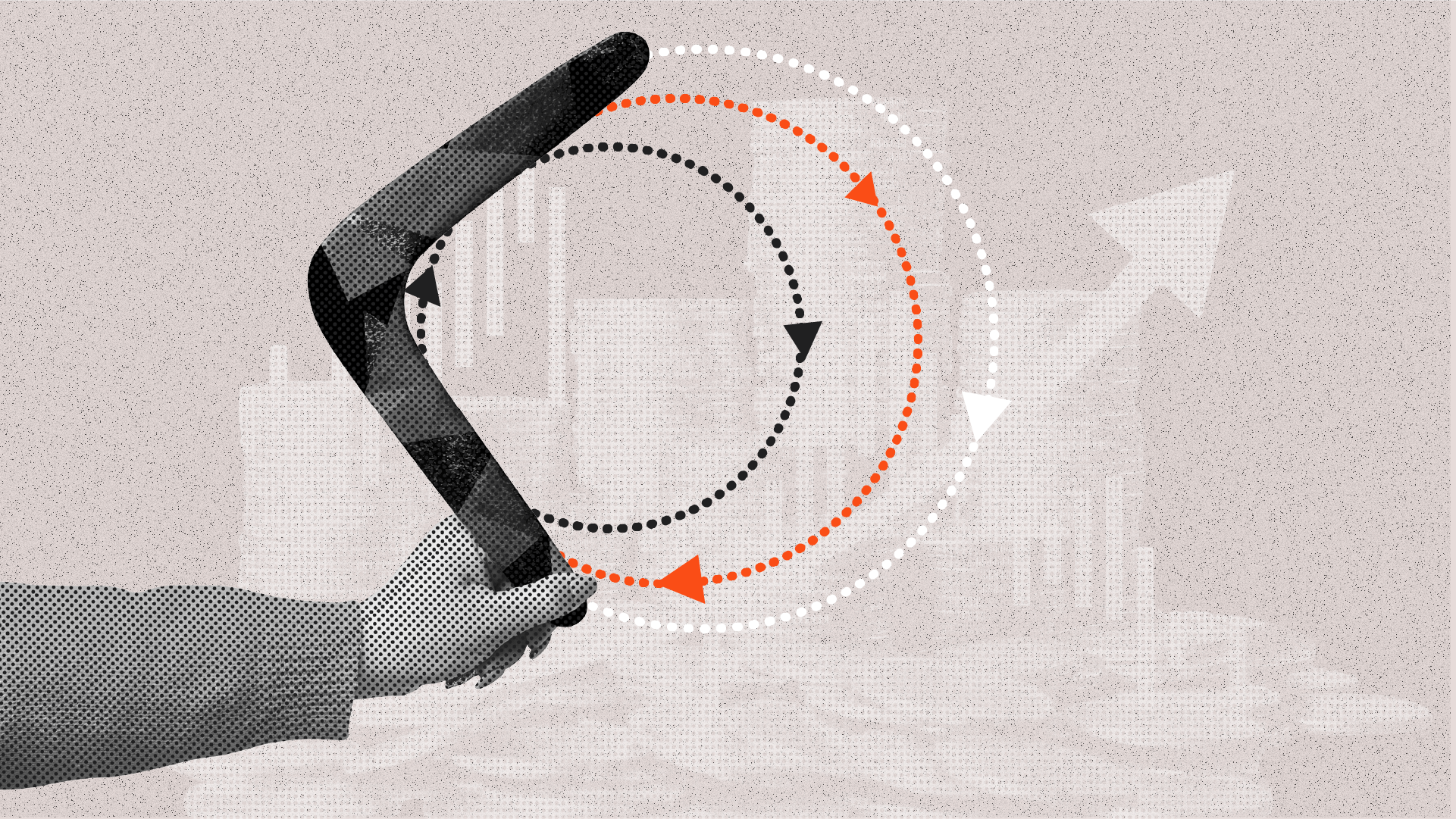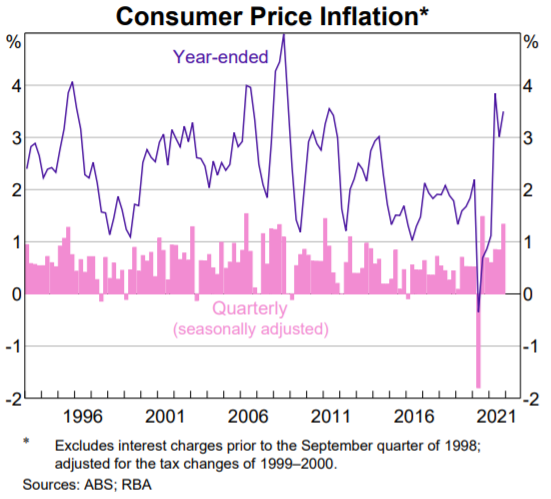
Written By
Richard Montgomery
In recent years, many successful investment strategies have been based around the assumption of continued low and stable inflation. With the global economy recovering strongly from the COVID-19 pandemic, inflation risk has increased.
In this article, we look at how rising inflation could affect the economy and investment markets.
Summary
What is inflation?
Why does inflation matter?
Rising inflation can mean rising interest rates
How does inflation affect investors?
How are share investors affected?
Are all stocks affected the same?
Growth vs. value stocks
Fixed income investors
Learn more…
An inflationary environment can present challenges for investors. It is important to make sure your portfolio is well diversified, and provides exposure to investments that have the potential to provide some defence against rising inflation.

Written by
Richard Montgomery
Manager – Investment Communication
Read more from Richard.


